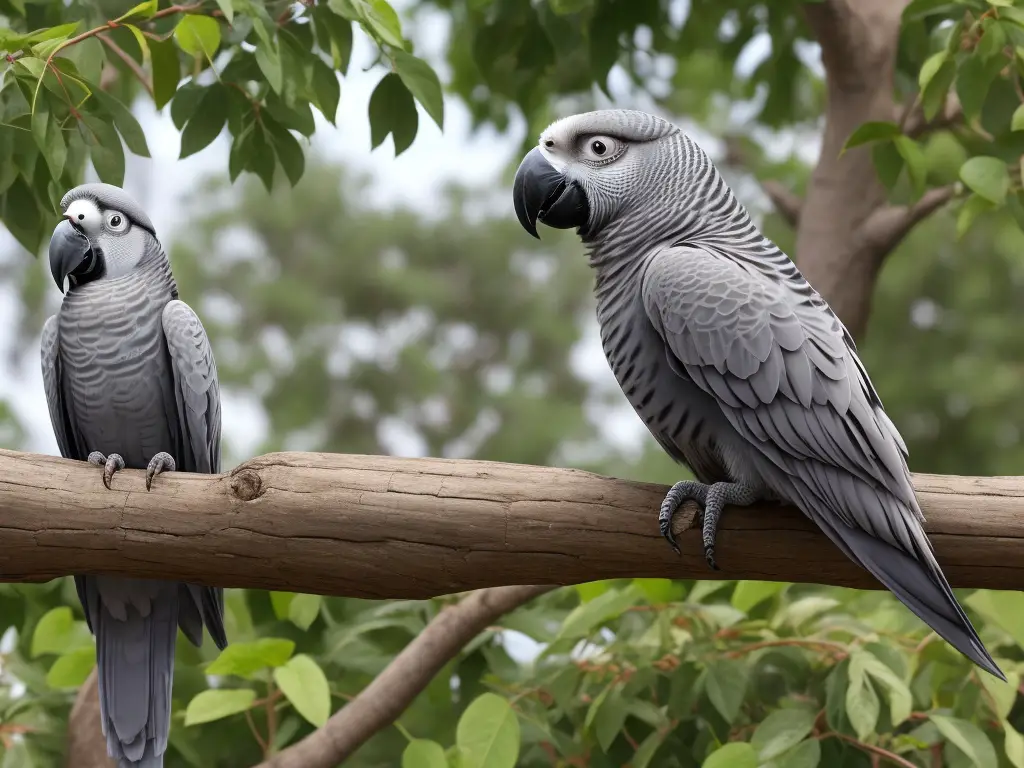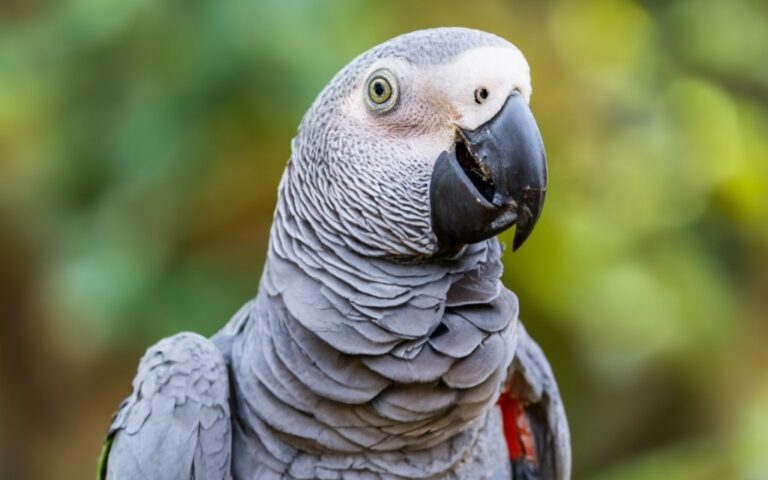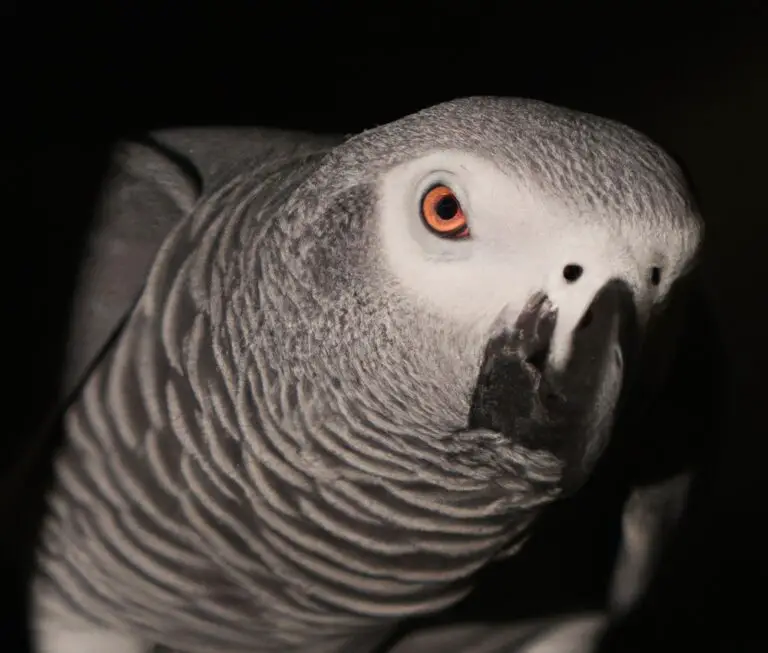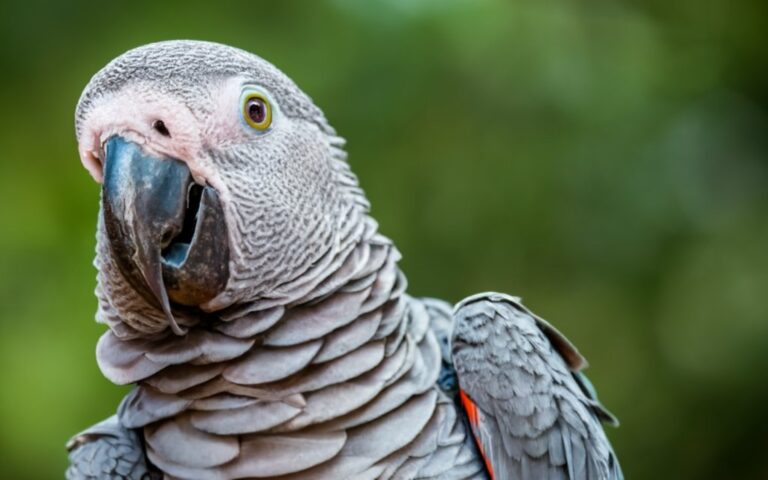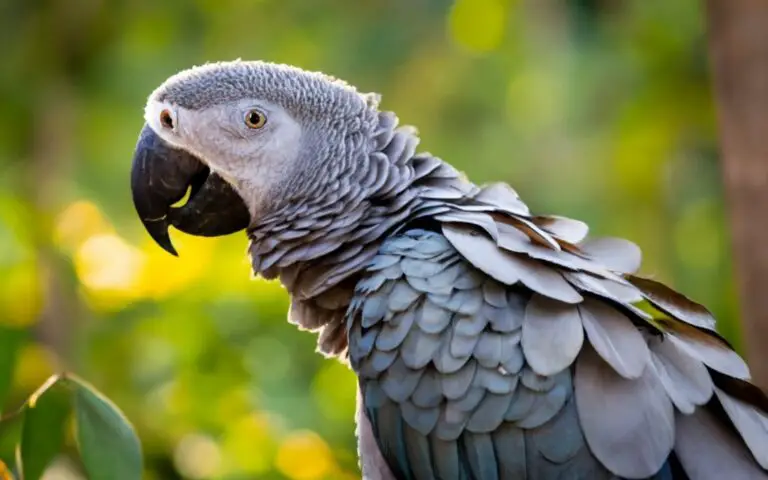Can African Grey Parrots Have Cuttlebones?
Key Takeaways:
- African grey parrots can safely consume cuttlebones as a valuable source of calcium and minerals.
- Cuttlebones can help support African grey parrots’ beak health and provide mental stimulation.
- It is important to monitor the consumption of cuttlebones to avoid excessive intake.
- Consult with an avian veterinarian to ensure cuttlebones are appropriate for your African grey parrot.
Are you a proud African Grey parrot owner? If so, you probably know how important it is to provide your feathered friend with a balanced and nutritious diet.
But have you ever wondered if cuttlebones can be a part of that diet?
Well, wonder no more! In this article, I’m going to dive into the fascinating world of African Grey parrots and cuttlebones. We’ll explore their nutritional needs, the benefits of cuttlebones, and whether it’s safe for your parrot to chew on them.
So, let’s get started and find out if cuttlebones are the missing piece in your parrot’s diet!
| Question | Answer |
|---|---|
| Can African Grey parrots have cuttlebones? | Yes |
Understanding the Nutritional Needs of African Grey Parrots
Understanding what African Grey Parrots need in their diet is essential.
Balancing the Diet of African Grey Parrots in Captivity
Balancing the diet of African Grey Parrots in captivity is crucial for their health and well-being.
Provide a variety of fresh fruits, vegetables, lean protein, and whole grains.
Also, include calcium-rich foods like cuttlebones or calcium supplements.
Consult with an avian veterinarian for specific dietary recommendations and ensure regular monitoring of their nutritional intake.

The Importance of Calcium in the Diet of African Grey Parrots
Calcium is extremely important for the health of African Grey Parrots.
It helps with proper muscle, nerve, and eggshell formation.
Lack of calcium can lead to health problems like weak bones and egg binding.
Providing calcium-rich foods like cuttlebones is essential for their well-being.

Introducing Cuttlebones as a Calcium Source for African Grey Parrots
Cuttlebones are a great source of calcium for African Grey Parrots.
What are Cuttlebones and How are They Beneficial for Birds?
Cuttlebones are internal shells of cuttlefish that are rich in calcium carbonate.
Birds, like African Grey Parrots, can benefit from cuttlebones as they provide a natural and readily available source of calcium.
Calcium is crucial for maintaining healthy bones, feathers, and proper egg development in female birds.
Additionally, chewing on cuttlebones helps birds sharpen their beaks and satisfy their natural desire to chew.
Can African Grey Parrots Safely Chew on Cuttlebones?
Yes, African Grey Parrots can safely chew on cuttlebones.
Cuttlebones are a natural and beneficial source of calcium for birds, including African Grey Parrots.
They can help prevent calcium deficiency and maintain healthy beaks.
However, it’s important to monitor your parrot’s interaction with cuttlebones to prevent overconsumption.

How to Introduce Cuttlebones to African Grey Parrots
When introducing cuttlebones to your African Grey Parrot, start by choosing the right size and quality. Next, securely place the cuttlebones in their cage and monitor their interaction with them.
Choosing the Right Size and Quality of Cuttlebones for Your Parrot
To choose the right size and quality of cuttlebones for your parrot, opt for ones that are appropriate for your bird’s size. Look for cuttlebones that are sturdy and free from cracks or breakage.
If possible, select cuttlebones sourced from reputable suppliers to ensure their quality.
Placing and Securing Cuttlebones in the Parrot’s Cage
To place and secure cuttlebones in your parrot’s cage, you can follow these simple steps:
- Choose a suitable location within the cage where your parrot can easily access the cuttlebone.
- Use a cuttlebone holder or attach the cuttlebone directly to the cage bars using zip ties or a small piece of twine.
- Ensure that the cuttlebone is securely fastened and cannot be easily dislodged by your parrot’s movements.
- Monitor your parrot’s interaction with the cuttlebone to ensure they are using it safely and not ingesting large pieces.
- Replace the cuttlebone once it has been depleted or becomes dirty to maintain its effectiveness.

Monitoring the Parrot’s Interaction with Cuttlebones
Monitor your African Grey parrot’s interaction with cuttlebones to ensure their safety.
Keep an eye on how they chew or ingest the cuttlebone to prevent any choking hazards.
Also, check for any signs of excessive wear and tear or contamination.
Regularly replace the cuttlebone to maintain its effectiveness as a calcium source.
Alternatives and Supplementing Calcium in the Diet of African Grey Parrots
There are alternative calcium-rich foods you can offer to African Grey Parrots.
Another option is to provide calcium supplements recommended by an avian veterinarian.
Other Calcium-Rich Foods for African Grey Parrots
Other calcium-rich foods for African Grey Parrots include kale, broccoli, bok choy, collard greens, and turnip greens. These vegetables provide essential nutrients and can be offered as part of a balanced diet.
Additionally, fortified bird pellets can also be a good source of calcium for your Parrot.
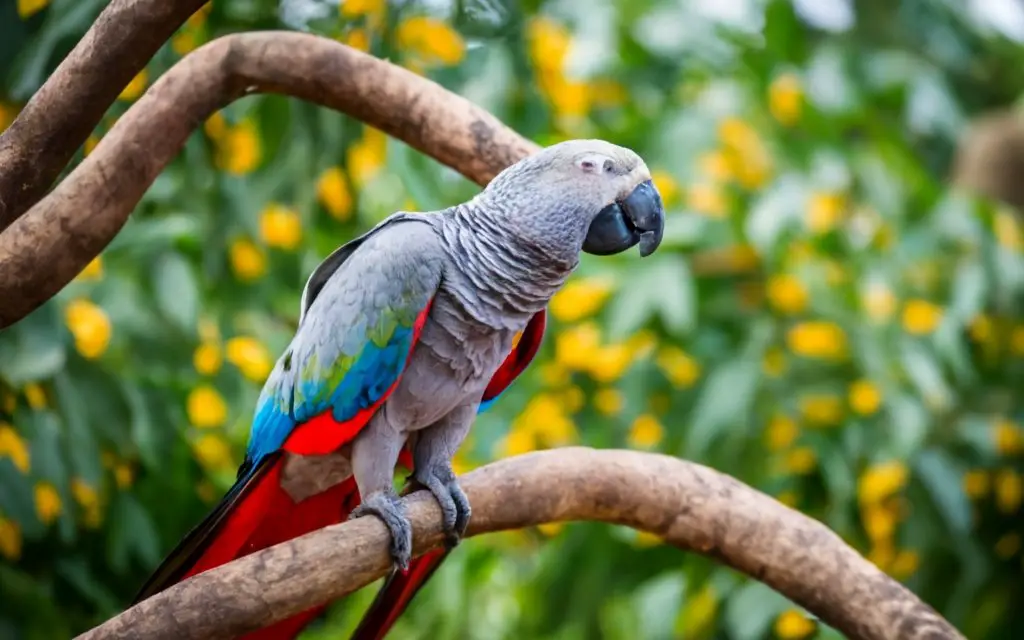
Frequently Asked Questions about Cuttlebones and African Grey Parrots
Can Cuttlebones Cause any Health Problems for African Grey Parrots?
Cuttlebones do not typically cause health problems for African Grey Parrots. However, some parrots may overconsume them, leading to issues like digestive blockages or calcium imbalances.
It’s important to monitor your parrot’s interaction with cuttlebones and provide a balanced diet to ensure their well-being.
How Often Should Cuttlebones be Replaced for African Grey Parrots?
Cuttlebones for African Grey Parrots should be replaced regularly to ensure they have access to fresh calcium.
I recommend replacing the cuttlebone every 2-4 weeks, depending on how quickly your parrot goes through it.
Keep an eye on its condition and replace it when it becomes worn or depleted.
Final Verdict
Cuttlebones can be a valuable addition to the diet of African Grey parrots.
They provide a natural source of calcium, which is essential for their overall health and well-being.
By introducing cuttlebones properly and monitoring your parrot’s interaction, you can safely provide this important nutrient.
Additionally, there are other calcium-rich foods and supplements available if your parrot doesn’t show interest in cuttlebones.
Remember to consult with an avian veterinarian for personalized dietary advice.
Overall, incorporating cuttlebones into your African Grey parrot’s diet can help ensure a balanced and healthy lifestyle.

